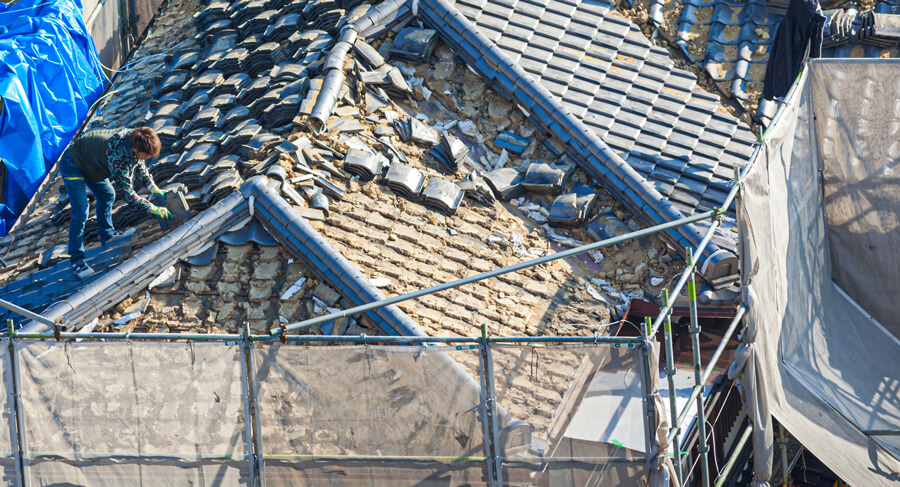10 pointers an architect should know about polyurethane foam

The foam from polyurethane has become an indispensable material in the world of modern architecture. Its versatility, efficiency and sustainability make it ideal for a wide range of applications. Here we present ten essential indicators that every architect needs to know about the foam from polyurethane.
1. Superior Thermal Insulation
The foam from polyurethane offers exceptional thermal insulation. Its low thermal conductivity means that it is more efficient at maintaining the indoor temperature, reducing the need for heating and cooling.
2. Excellent Sound Insulation
In addition to its thermal properties, the foam from polyurethane provides significant sound insulation, making it ideal for buildings in noisy areas or for rooms requiring sound control.
3. High Moisture Resistance
Unlike other insulating materials, the foam from polyurethane is moisture resistant, which prevents mould and decay problems and improves indoor air quality.
4. Durability and Stability
This material is known for its durability and stability over time. It does not settle or degrade easily, maintaining its insulating properties for years.
5. Application Versatility
The foam from polyurethane can be applied to a variety of surfaces and configurations, making it ideal for architectural projects with complex designs or irregular spaces.
6. Installation Efficiency
Its spray application allows a fast and efficient installation, covering large areas in a short time and adapting perfectly to the shape of the space.
7. Sustainability
With eco-friendly options available, the foam from polyurethane can be a sustainable choice, especially when made from recycled or low-cost materials. environmental impact.
8. Carbon Footprint Reduction
By improving the energy efficiency of buildings, the foam from polyurethane helps to reduce the carbon footprint, a crucial aspect of sustainable architecture.
9. Compatibility with Building Regulations
The foam from polyurethane complies with the most stringent building regulations, including fire resistance and energy efficiency requirements.
10. Cost-Benefit Ratio
Although their initial cost may be higher compared to other insulators, the foam from polyurethane offers a significant return on investment in the long term because of its durability and energy efficiency.
In short, the foam from polyurethane is an insulation option that offers numerous benefits, making it a smart choice for architects seeking efficiency, sustainability and performance.
Do you need a reliable partner for your project?
Advice for spray foam applicators
625 106 554
Technical assistance
854 805 377



